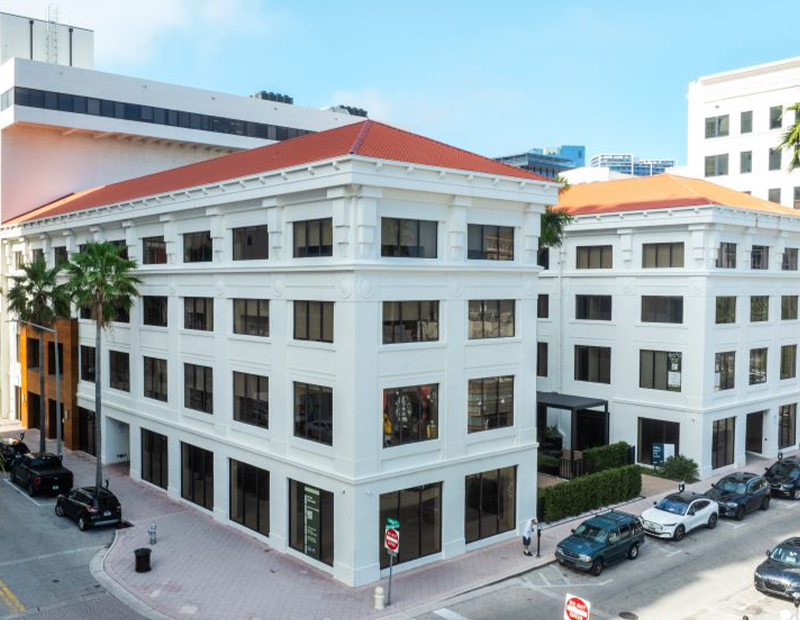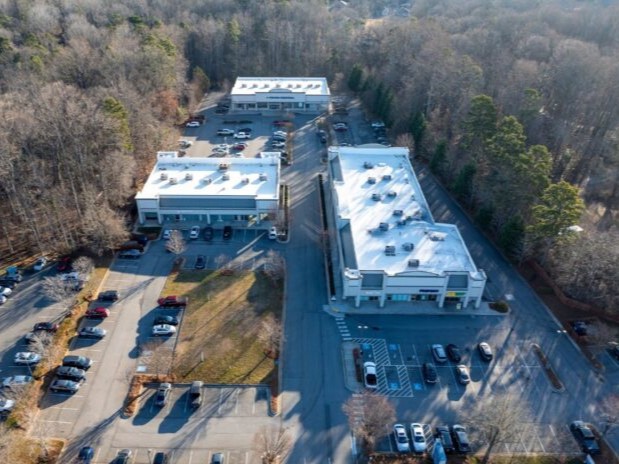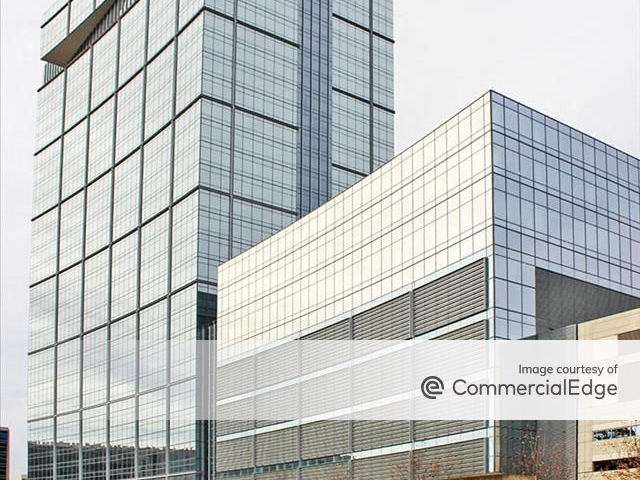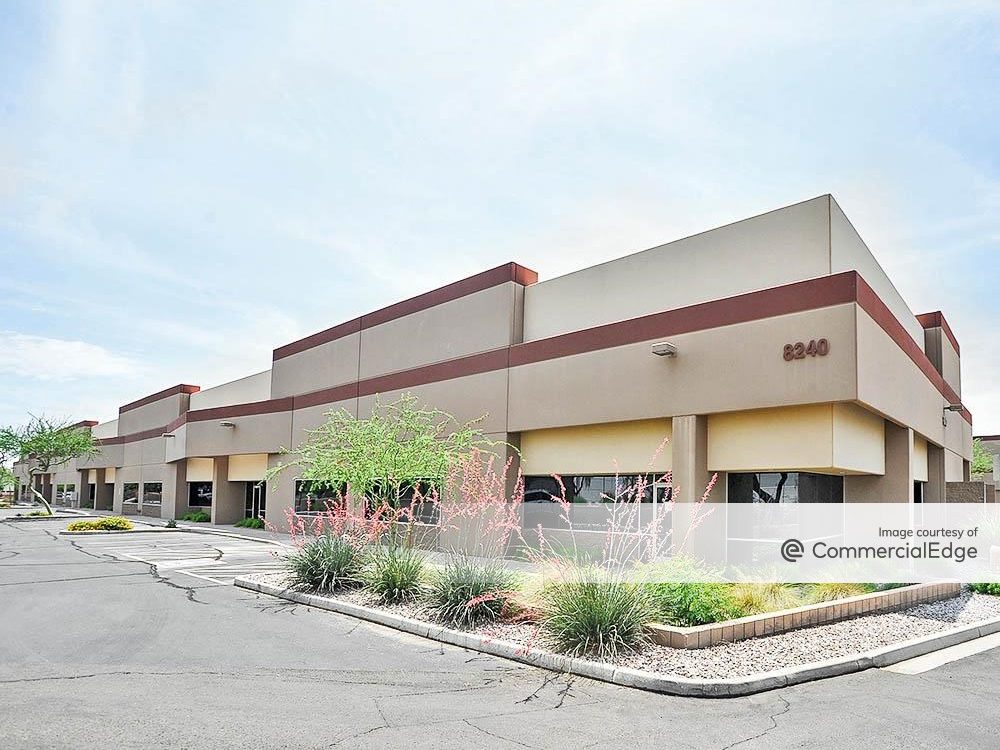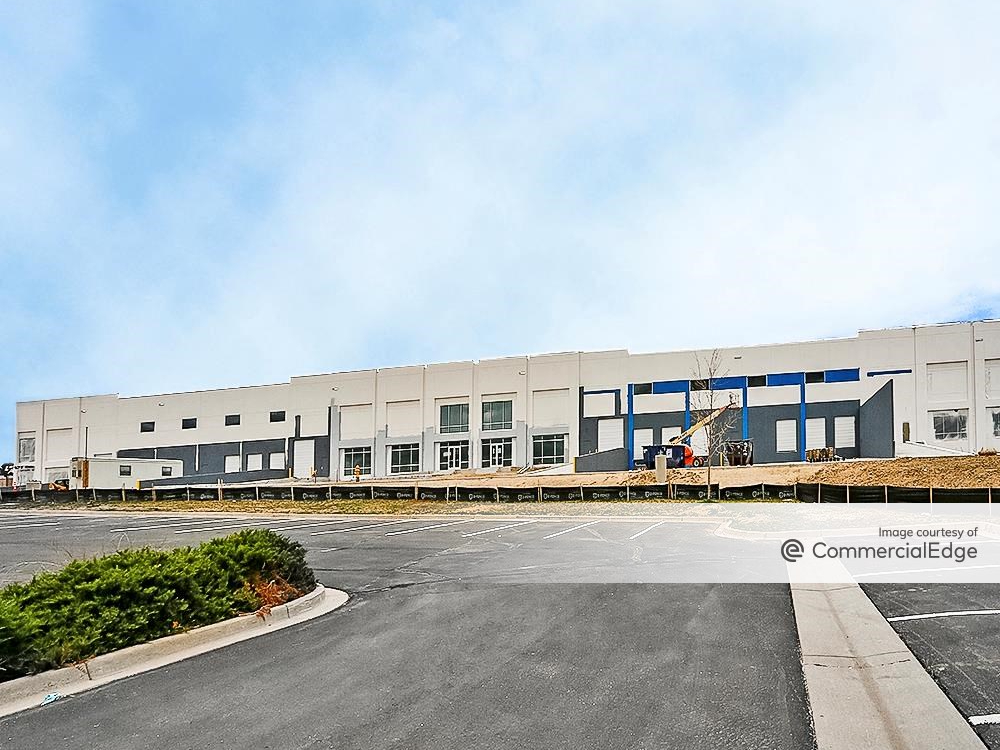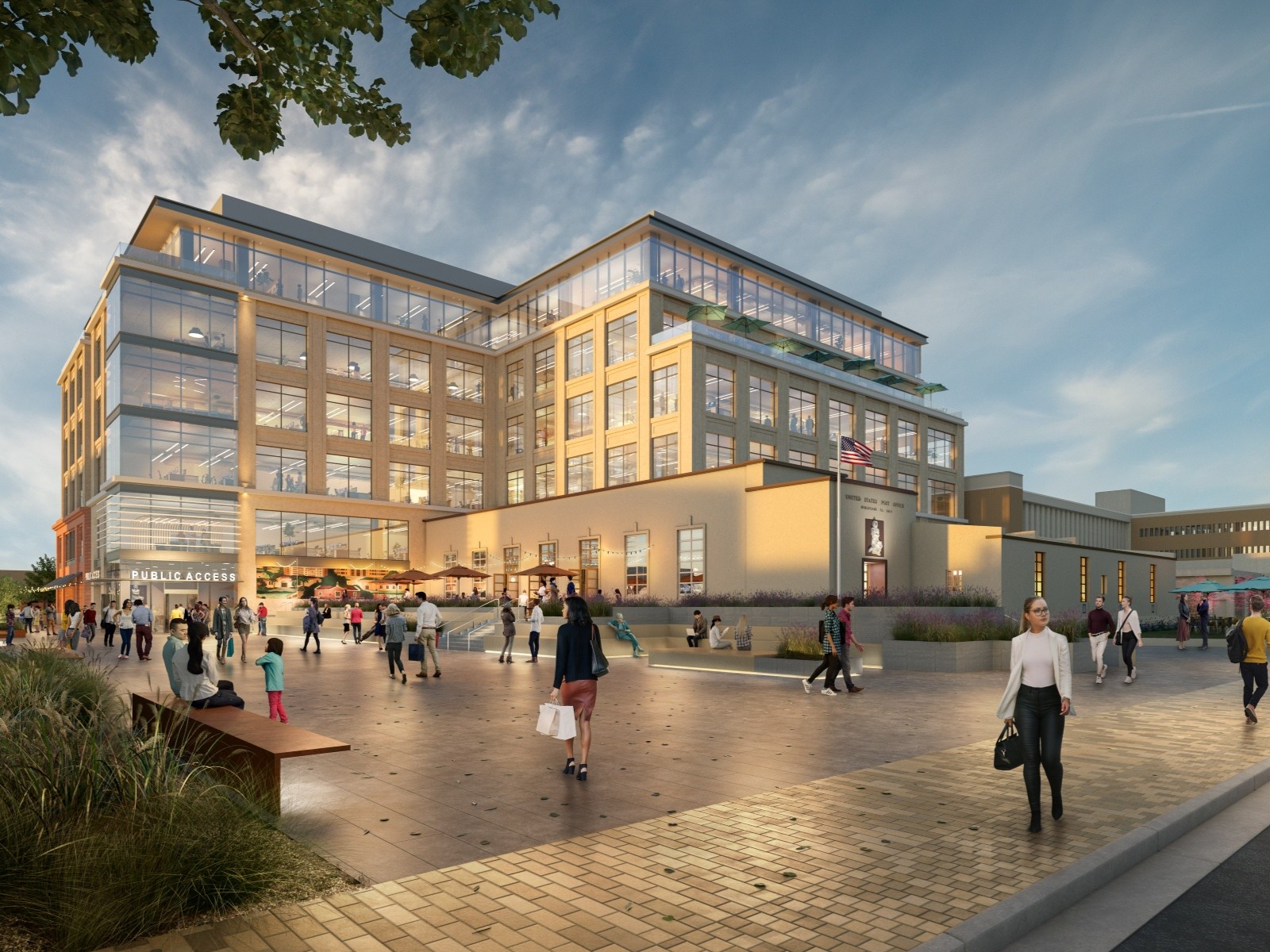Phillips Edison Grabs 3 Properties
The buying binge and the entrée into new markets continue for Phillips Edison Grocery Center REIT II with its most recent acquisition.
By Barbra Murray, Contributing Editor
The buying binge and the entrée into new markets continue for Phillips Edison Grocery Center REIT II Inc. with the recent acquisition of three grocery-anchored shopping centers in Ohio, Minnesota and Maryland. Purchased in three separate transactions for totaling $51.6 million, the properties add an aggregate 344,600 square feet to Grocery Center REIT II’s portfolio.
The smallest of the properties in the collection is the 101,000-square-foot Glenwood Crossing, a Kroger-anchored shopping center in Cincinnati. Waterford Park Plaza, a 127,600-square-foot asset with Cub Foods leading the tenant roster in the suburban Minneapolis town of Plymouth, Minn., is also part of the group. And rounding out the collection is the 116,000-square-foot Rosewick Crossing in La Plata, Md., in metropolitan Washington, D.C. With the purchase of the Giant-anchored Rosewick Crossing, Grocery Center REIT II made its debut in the State of Maryland.
With locations in the Midwest and the Mid-Atlantic, geography is not a common thread in the portfolio, which is 91 percent leased, but the properties do have a few common features. The grocery-anchor is the leading grocer in the area; the anchor occupies more than half of the property’s square footage; and the center is in such shape that no significant upgrades are warranted. And of course, they all meet Grocery Center REIT II’s general criteria, which include a strategic mix of national and regional credit tenants and a location in a strong demographic market.
Grocery Center REIT II–originally Phillips Edison-ARC Grocery Center REIT II Inc.–made its first purchase one year ago and has been highly acquisitive ever since. Counting the three recently announced properties, the REIT has already added 10 assets to its portfolio this year, including the 76,000-square-foot Harvest Plaza in Akron, Ohio, which marked the company’s first shopping center in the Ohio market.
Snapping up grocery-anchored centers in rapid succession is no simple feat given retail investors’ current love affair with this property type. According to a report recently presented by commercial real estate services firm JLL, “In terms of volume and number sold in 2014, grocery-anchored centers led in open air investment sales. With the exception of big-box centers, grocery also enjoyed one of the lowest cap rates among retail subtypes.”
Phillips Edison isn’t bragging about its ability to source transactions, at least not openly. Because Grocery Center REIT II is still in active offering, the company is prohibited from commenting on accusations, a spokesperson told Commercial Property Executive.

